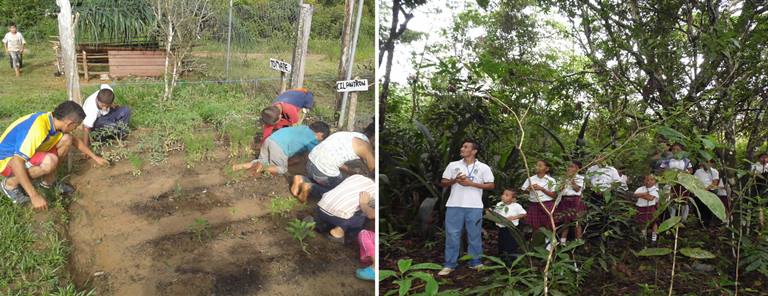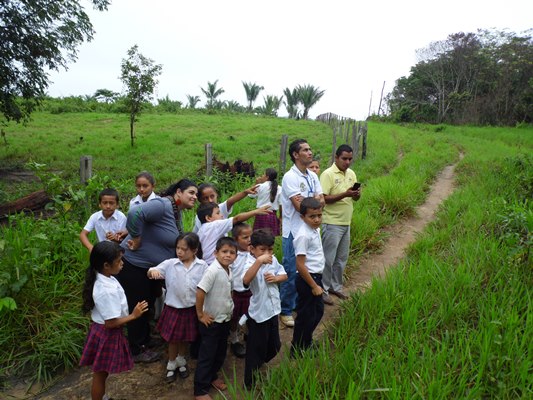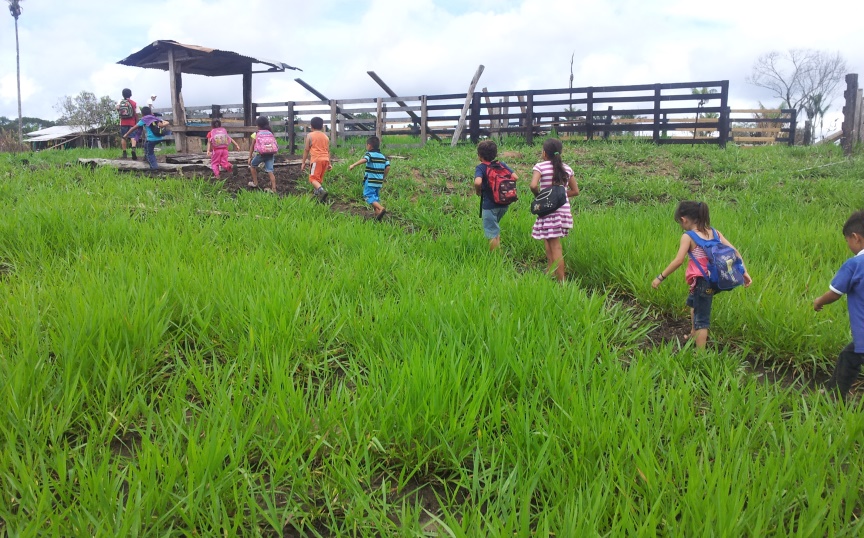In rural based educational venue, Policarpa Salvarrieta in el Anzuelo, Meta, Luis Alberto Pallares teacher and his rector Jairo Novoa, have shown that the remoteness and lack of resources are not an excuse to manage school activities aimed at conservation.
Reaching the village of el Anzuelo takes about 4 hours on a motorbike during good weather and in the rainy season, about 5 hours from the town of Mapiripan. There is rural based educational venue, Policarpa Salvarrieta, a site with 12 boys and girls aged from 6 to 12 years.
Surrounded by a small forest in the middle of the giant savanna, the school functions as a fortnightly boarding school and the children can go to their homes, some of them walk up to 8 hours to get there, others use horses; his teacher, 26-year-old Luis Alberto Pallares, with his rector, Jairo Novoa, have shown that the remoteness and lack of resources is no excuse for managing school activities aimed at conservation.
.
ProAves has, for more than a year, with the Amazonas Project and biological education strategy, checked out this educational venue leaving the basis for developing ecological bio-literacy efforts in the field learning from practice, recognition of territory, experiences with living organisms and enjoying nature.
Today we see these children accompanied by their teacher walking the nearby farms, meeting the owners and hearing their stories, they go out to find monkeys in the few patches of remaining forests, climb mango trees and better still the children have a garden at the back of their school, used to prepare meals and to recognize native plants that are disappearing.
This strengthening of the activities proposed by ProAves, is valuable because it shows that the appropriation and sense of belonging by teachers is heading towards a true continuity and comprehensive training for the conservation of biodiversity and ecosystems.
Supported by:




